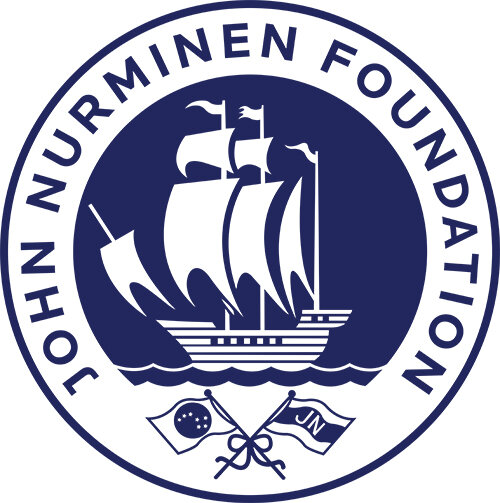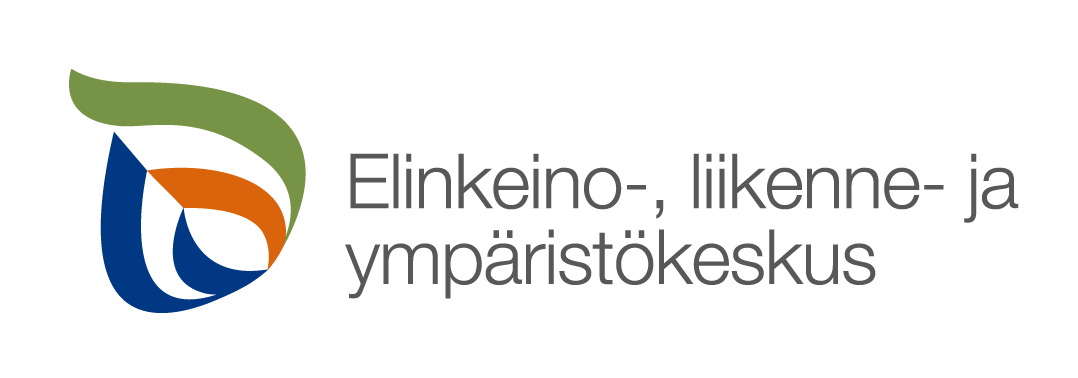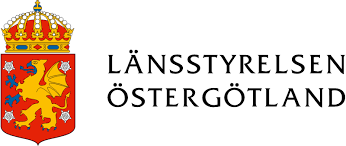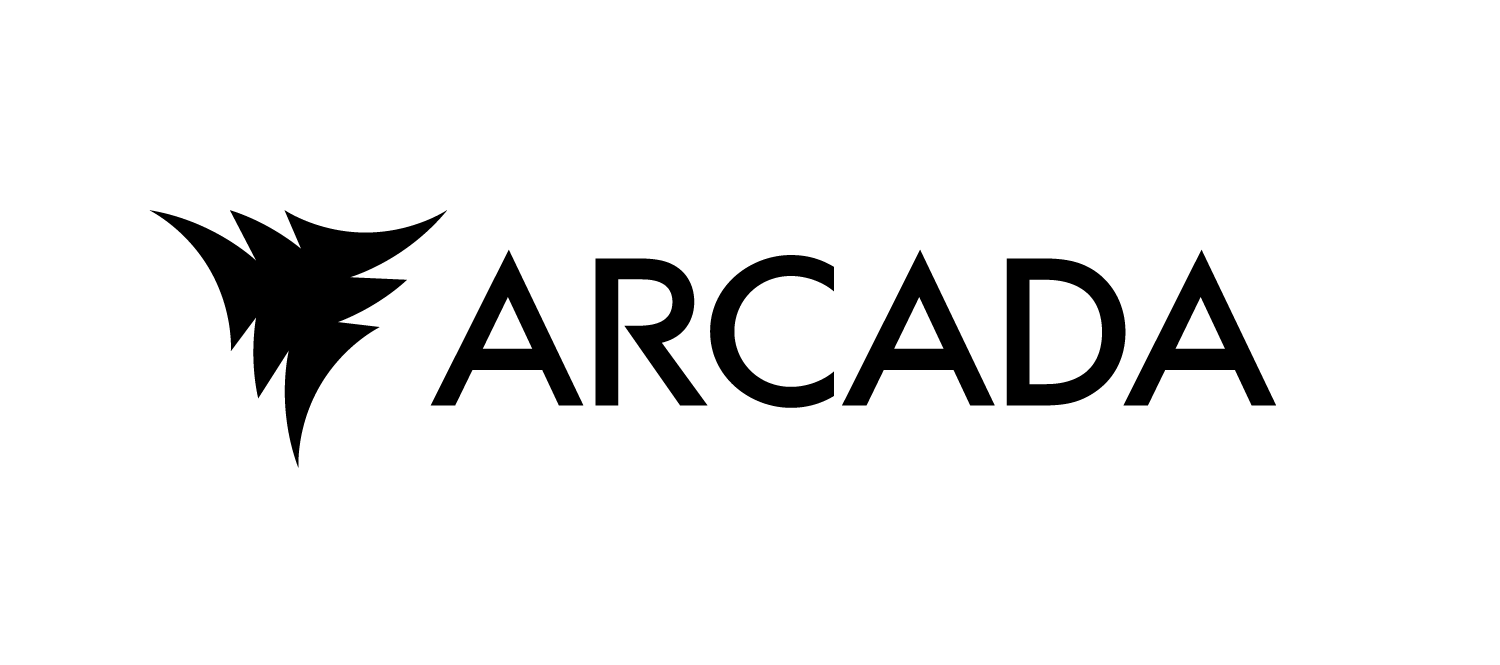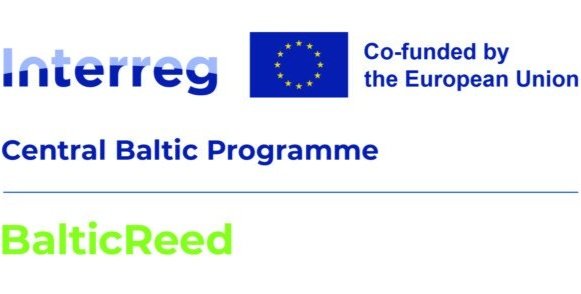Reed harvest and nutrient circulation
Harvesting of coastal reed beds can cost-efficiently remove significant amounts of nutrients from coastal waters, as one ha reed bed contains approx. 5-10 kg phosphorus and 50-100 kg nitrogen. Concrete nutrient reductions and habitat improvements will be achieved with reed harvesting and habitat restoration pilots in Finland, Åland and Sweden.
By harvesting dense reed beds, the Baltic Reed project will remove nutrients from the Baltic Sea, improve water quality and restore the coastal habitats, in addition, recycle the reed biomass and nutrients to be utilised on land.
In collaboration with commercial stakeholders of the region, the Baltic Reed project will analyse the main bottlenecks and opportunities for commercialisation of reed-based value chains and products and pilot reed-based products and value-chains during the project. At the same time, legislative, social, and ecological sustainability of reed harvesting will be ensured.
Do you have any ideas or interest in reed utilisation or business development?
Reed holds a great deal of untapped potential. The project is looking for entrepreneurs who would be keen on collaborating to develop a logistics chain that would make cost-effective use of reeds.
Project partnership
The partners in the project are John Nurminen Foundation, the ELY Centre for Southwest Finland, Arcada University of Applied Sciences, the Government of Åland, and the County Administrative Board of Östergötland. The project is funded by the EU’s INTERREG Central Baltic programme, which finances cross-border cooperation projects to improve the state of coastal and marine environment.
Both green and yellow reed have great potential as a raw material, applicable in many commercial solutions.
The Swedish Crown Princess handled freshly cut reed which was used for animal fodder, when visiting the Baltic Reed project in connection to the Baltic Sea Day 2023. Photo: Pelle T Nilsson/SPA
The project adresses SGD 9 (industry, innovation and infrastructure), SDG 14 (life below water) and SDG 17 (partnership for the goals)

